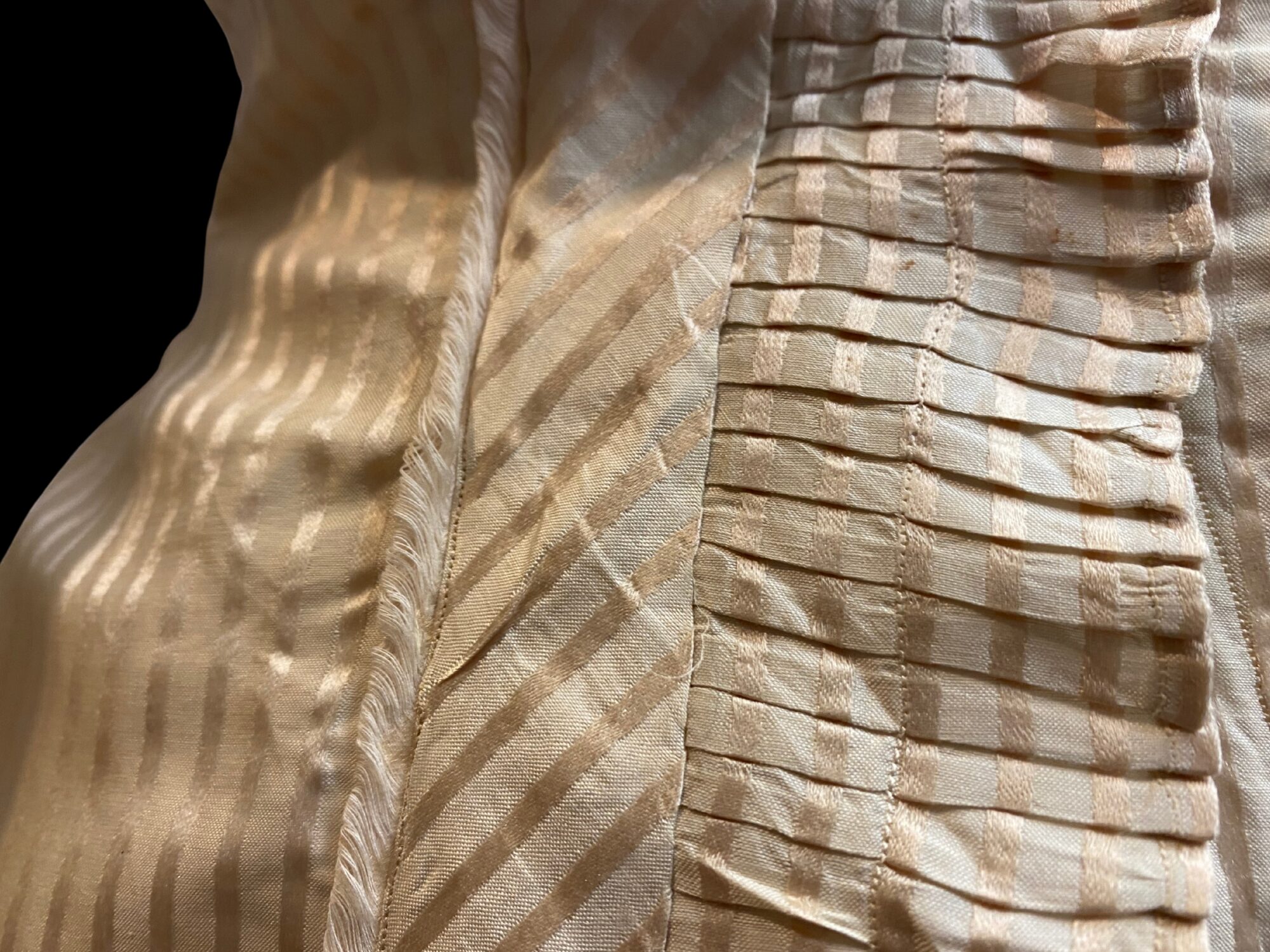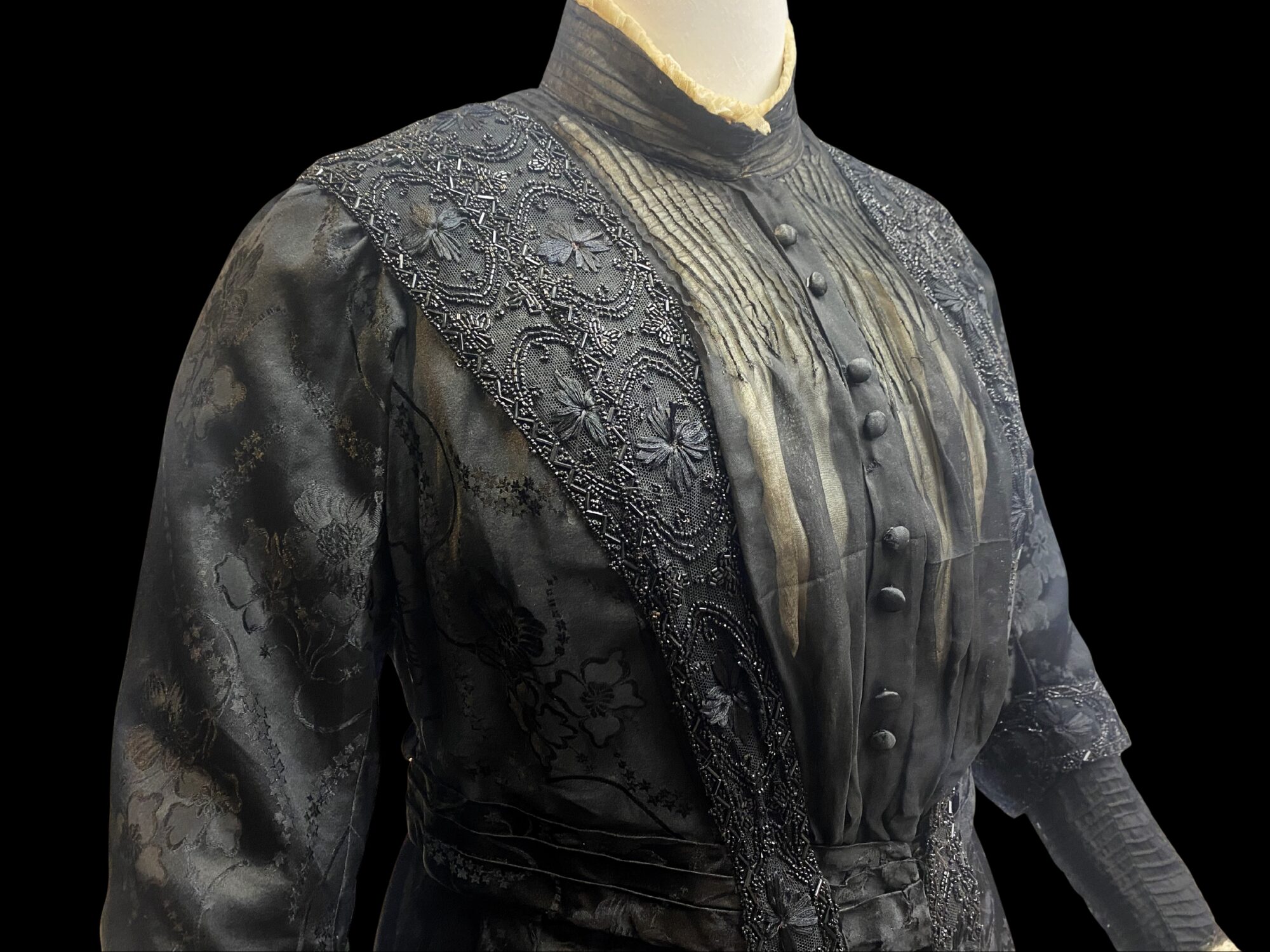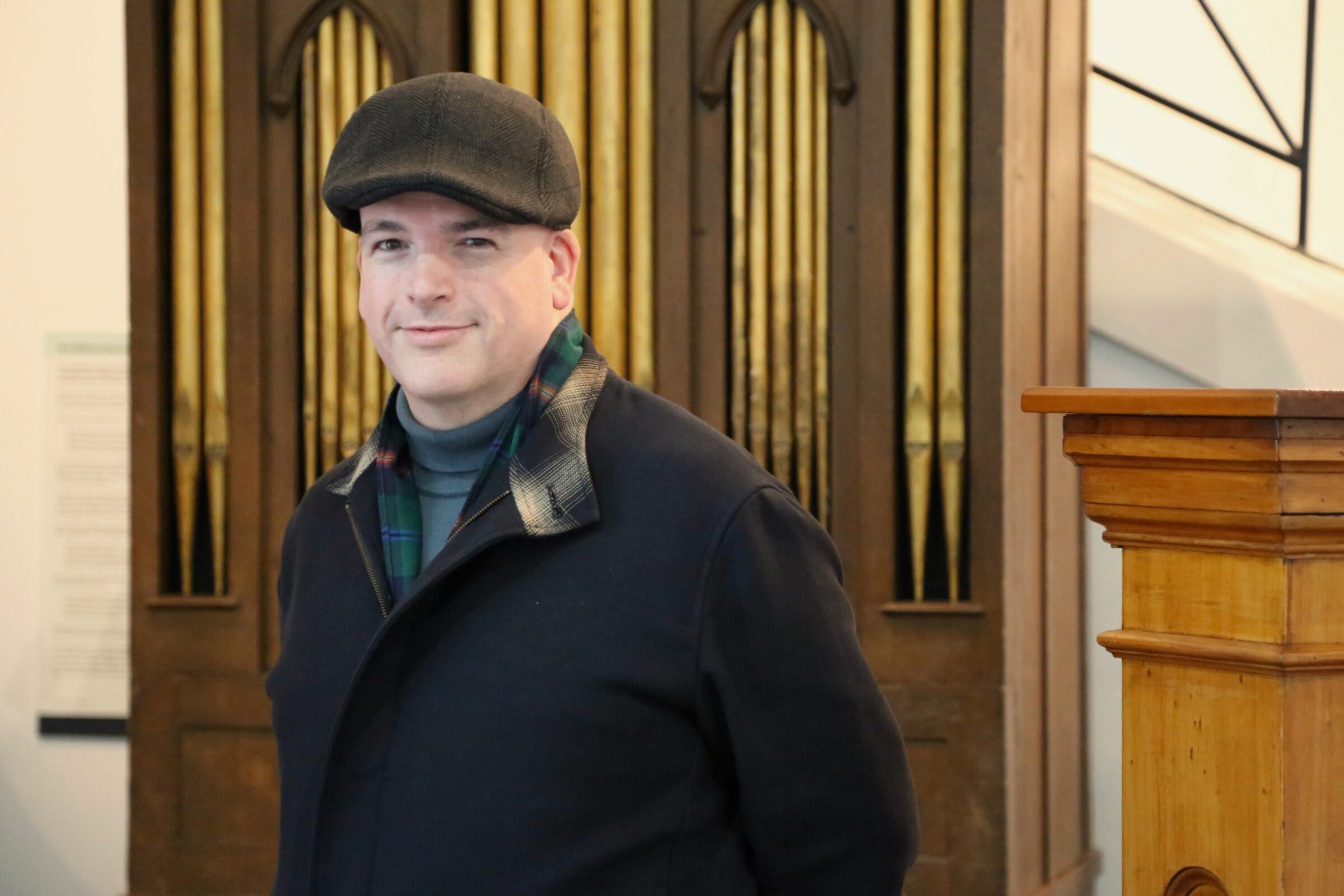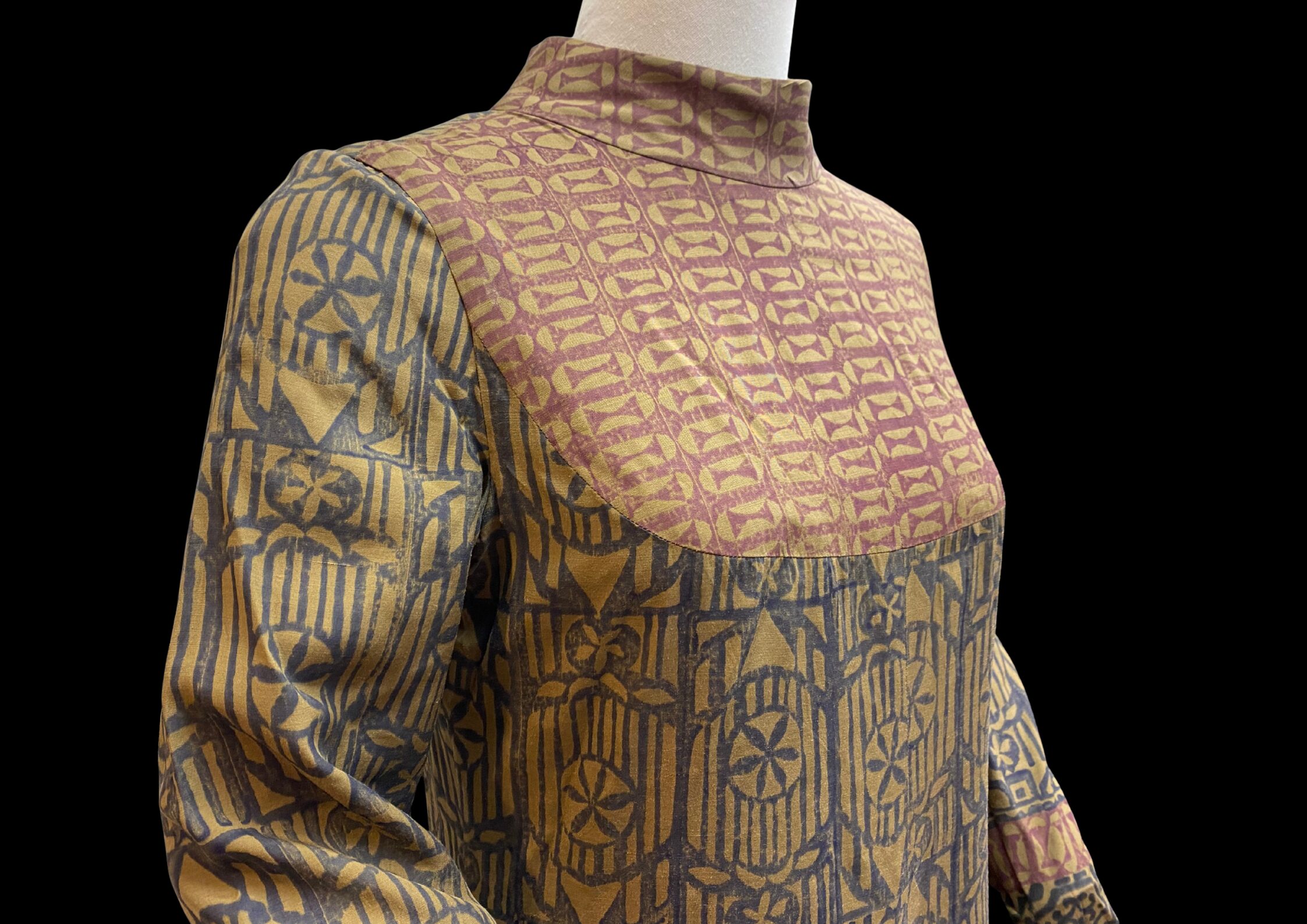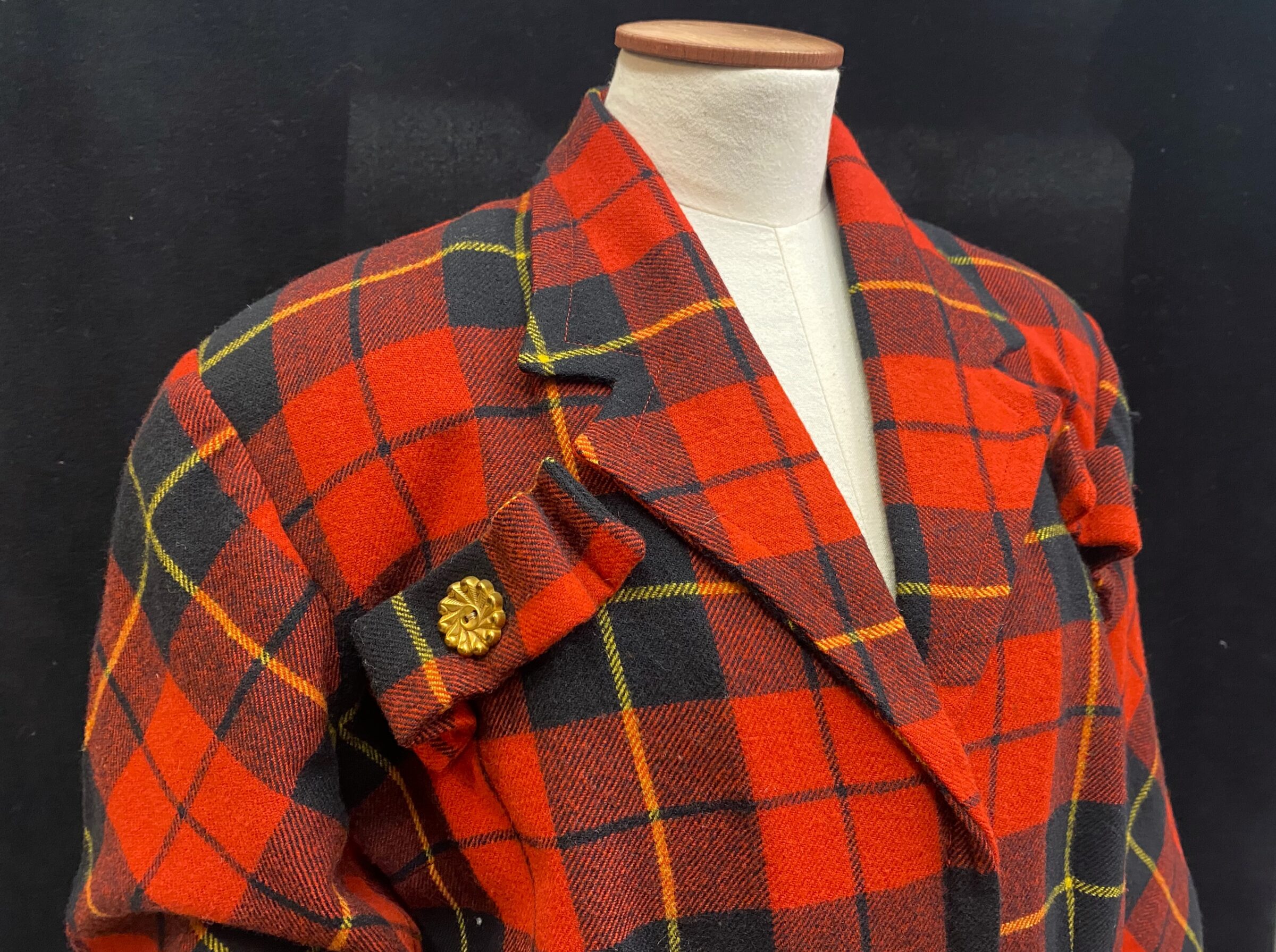Collection Stories
By Sandi Black.
If you look up the hill from Victoria Avenue towards toward the Sarjeant Gallery, you will see a lion sleeping on top of a stone platform.
The lion’s origins begin in 1865 at Nukumaru where a skirmish saw the loss of 18 soldiers. The custom at the time was to bury the men on the field where they fell, but after their temporary headstone and simple fence had rotted away, and sheep and cattle were found feeding over the graves, a movement began to have the men buried and honoured properly. In 1892 it was decided that the graves should be relocated to a more central area, a place more convenient to maintain, and the fallen were moved to a new plot on Queens Park. A Veteran’s Committee decided to erect a monument to remember the men, and to commemorate all those who served and died during the tumultuous land wars and on other battlefields.
The Government at the time agreed to assist funding the project pound-for-pound up to £100, and locals were appealed to for subscriptions to the cause. The Council also contributed a significant portion; the total amount of £300-400 was amassed.
A sleeping lion was chosen as an appropriate monument; the lion was a symbol of the British Empire, and the pose reflected the slumber of the fallen men. Whanganui artist George Sherriff designed and sculpted the creature from two 2,000kg blocks of Mt Somers stone. Although Sherriff was an accomplished painter, sculpting was a new form of art for him and the lion project was his learning experience. The base was carved from Waikawa bluestone by monumental mason W. McGill.
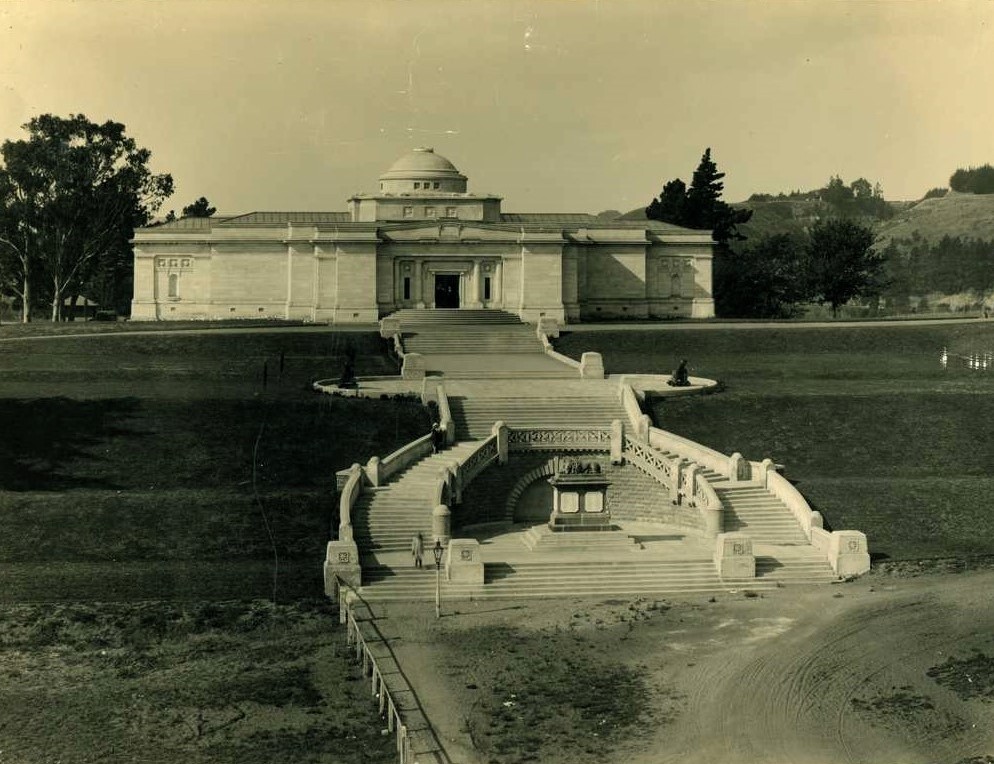
Photograph by Tesla-Denton Studios, date unknown
WRM Collection B-AG-010
The monument was initially erected at the top of Queens Park, near where the Sarjeant Gallery stands today. It was surrounded by a low fence and had a small pile of cannonballs from the HMS Calliope at each corner, and two cannon from the vessel stood guard beside the lion.
When the Sarjeant was built and opened in 1919, the lion was relocated toward the bottom of the hill. It is the focal point of the Veteran Steps, the stairway leading up to the gallery, and now lists the names of the original 18 soldiers as well as 138 imperial and colonial troops who died in and around Whanganui during the New Zealand Wars. Another 18 distinguished veteran names were added after 1908.
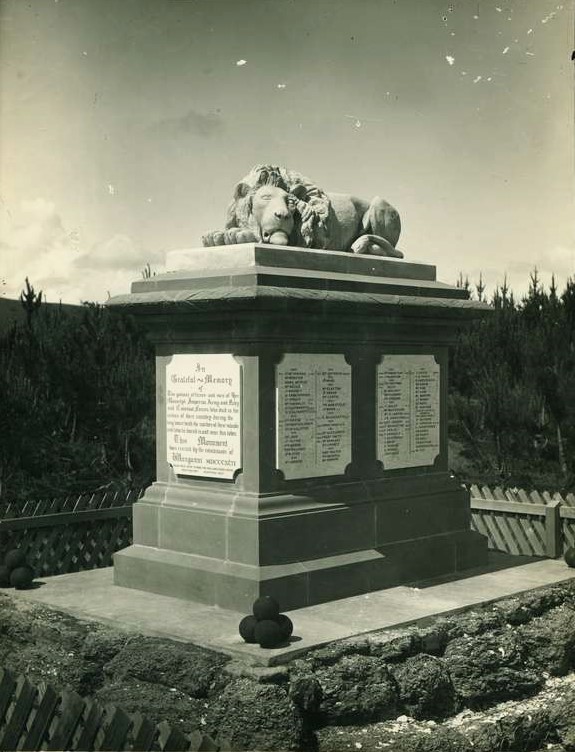
Photographer unknown, circa 1892
WRM Collection MEM-022
Sandi Black is the Archivist at Whanganui Regional Museum. This article was originally published in Whanganui Chronicle, August, 2014.
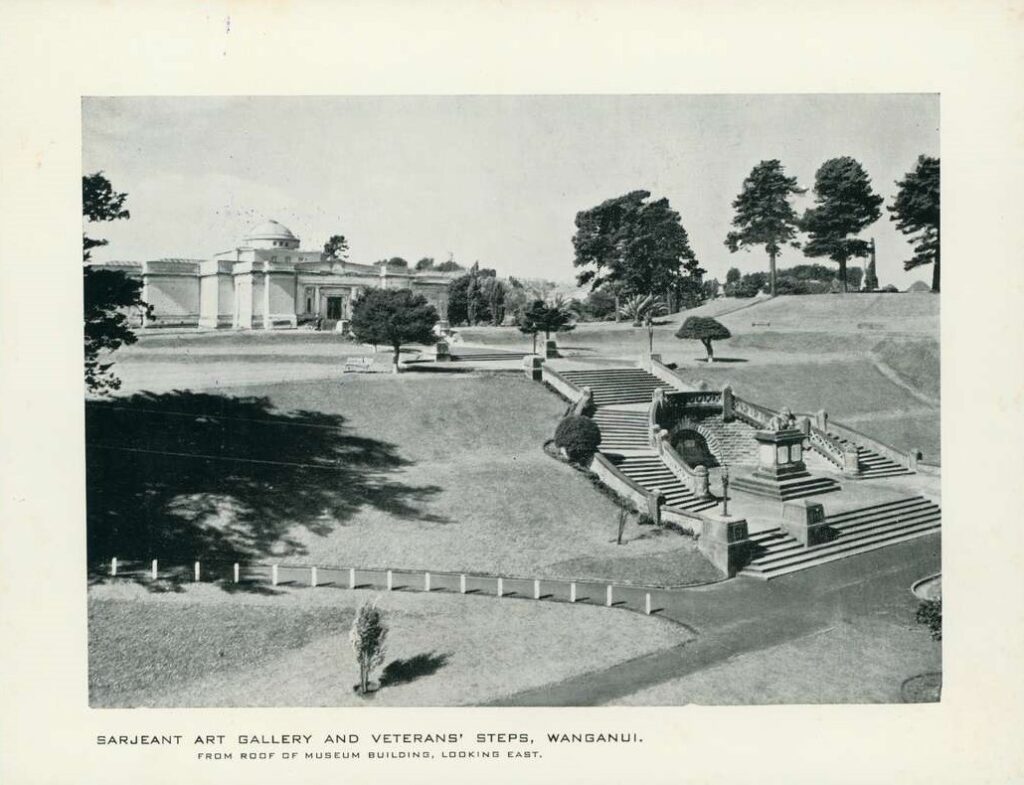
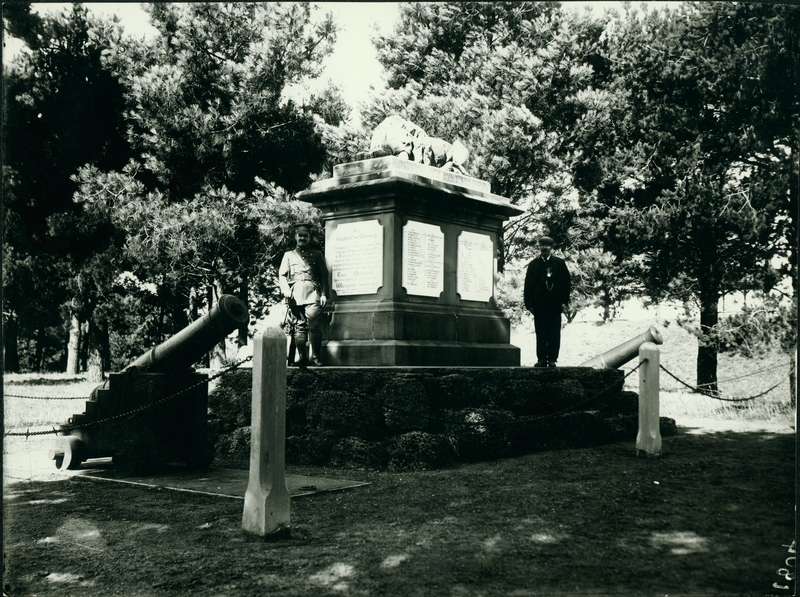
WRM MEM-024
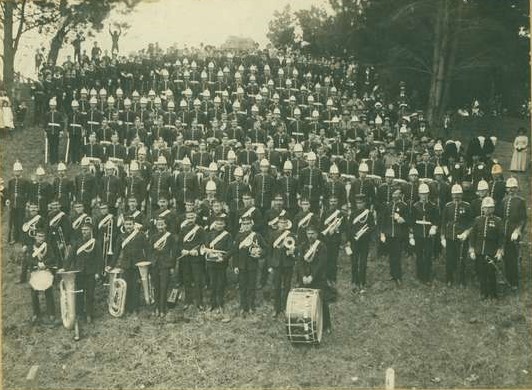
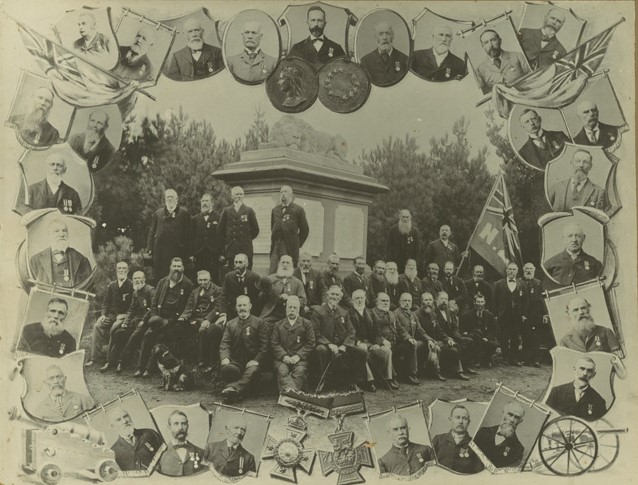
Photographer unknown, date unknown. WRM P-R-34


